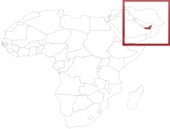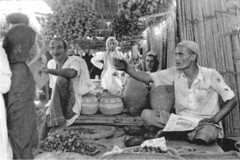United Arab Emirates

While the history of human habitation in what we now think of as the United Arab Emirates (UAE) dates back to the Neolithic period of about 5500 BC, the UAE was predominantly a rural mobile Bedouin culture—with occasional caravans crossing its deserts—and later developed major trade from the port city we now call Dubai. The discovery of oil goes back to the 1930s, but oil exports only began in Abu Dhabi in the 1960s. At that time a very wise ruler of Abu Dhabi, Sheikh Zayed, used his oil wealth to bring together all the sheikhs of that area into what ultimately became the current UAE. Sheikh Zayed was a visionary who created urban centers and universities and worked hard to bring the population of the UAE into the modern era.

The transition occurred over just a few decades, between the 1970s and today. Modernization, the oil market, and later trading created a wealthier population. It also shifted a rural nomadic population to an urban sedentary one with modern food supplies. The result has been a marked increase in obesity, diabetes, and other cardio-metabolic risk factors.

UNC’s School of Public Health in collaboration with United Arab Emirates University (UAEU) School of Medicine is conducting a national representative survey of Emirati citizens. Detailed 24-hour recall and related anthropometric and physical activity data are being collected under the leadership of Barry Popkin and Assistant Professor Shu Wen Ng of UNC along with Gail Harrison, UCLA; Sahar Zaghloul, Kuwait; and Habiba Ali, UAEU Department of Nutrition. This survey is part of the larger UNC-UAE National Strategy for Environmental Health Project.
http://research.unc.edu/endeavors/fall2009/the_air_over_there.php

Ng, Shu Wen, Zaghloul, S, Ali, Habiba I., Harrison, Gail and Popkin, Barry M (in press) The prevalence and trends of Overweight, obesity and nutrition-related non-communicable diseases in the Gulf States Obesity Reviews
Ng, Shu Wen, Zaghloul, S, Ali, Habiba I., Harrison, Gail and Popkin, Barry M (2009) Understanding the Nutrition Transition in the Gulf STATES: Applying an Ecological Framework
